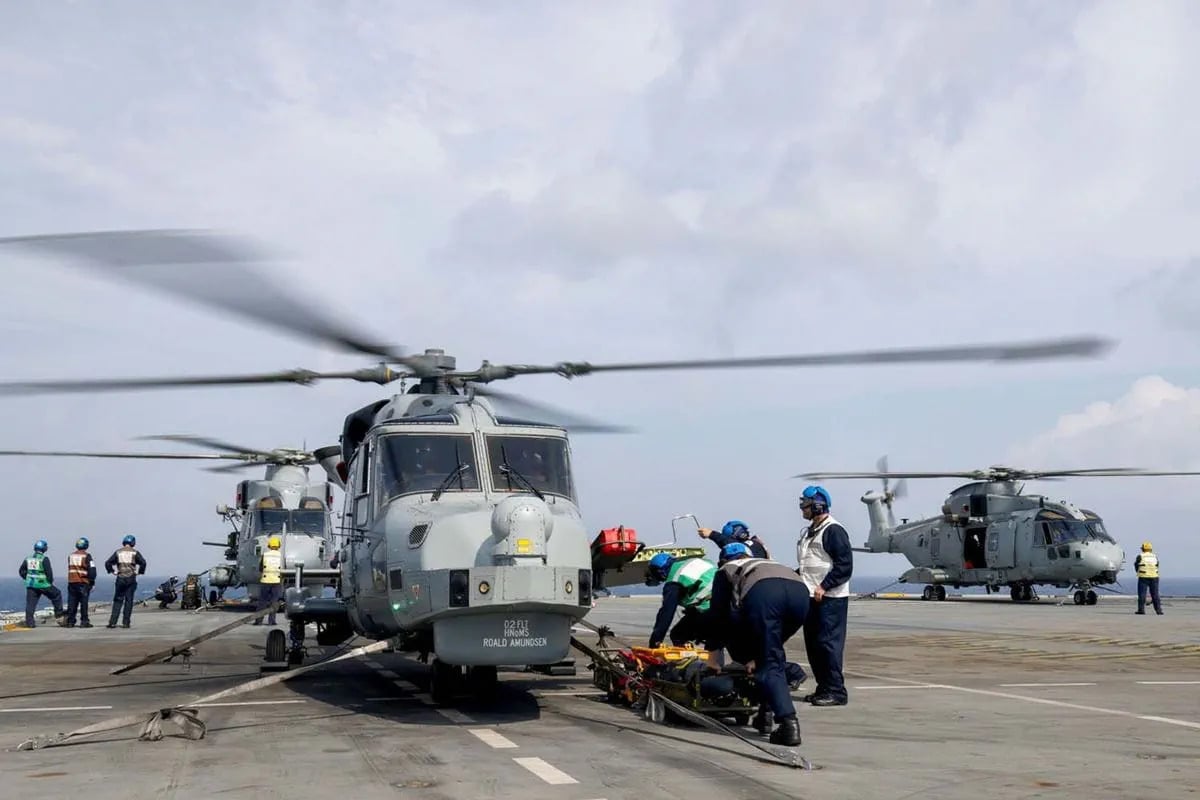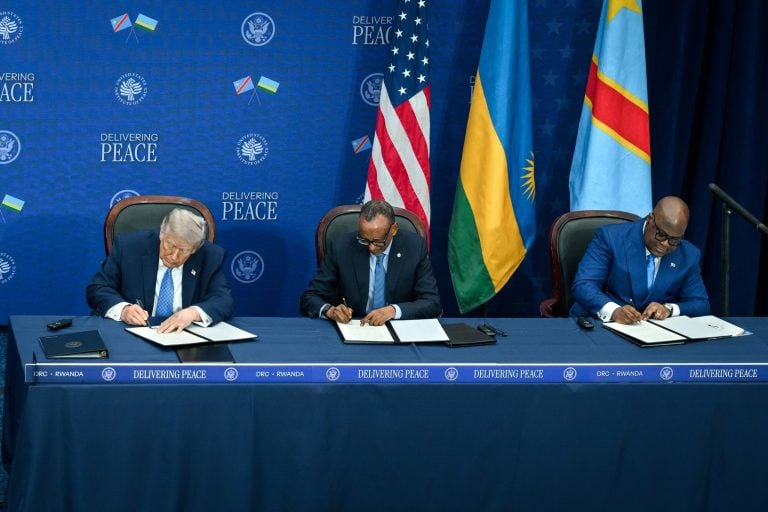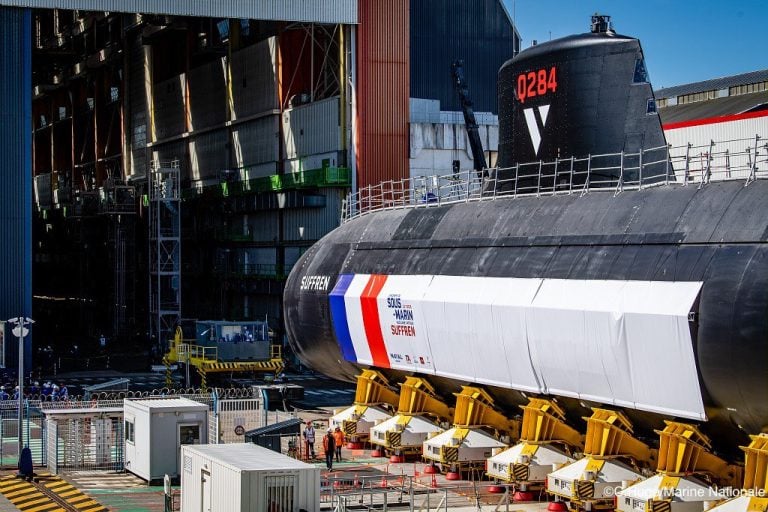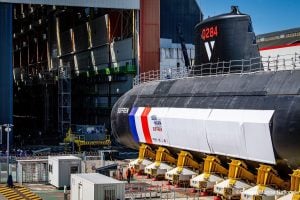The Royal Navy has officially announced the initial operating capability (IOC) for the Sea Venom anti-ship missile, signaling that it is ready for deployment on Wildcat helicopters within frontline operations. This important development took place during Operation Highmast in the Indo-Pacific, which was led by the aircraft carrier HMS Prince of Wales and included four Wildcats.
Each Wildcat helicopter is equipped to carry up to four Sea Venom missiles, granting it the ability to target multiple threats in a single sortie or to launch a simultaneous attack on a single adversary. This capability comes shortly after the successful initiation of the Naval Strike Missile from a Type-23 Duke-class frigate, representing a significant advancement in the Royal Navy’s anti-surface warfare capabilities following the retirement of the Harpoon system in 2023.
The Sea Venom missile is designed to engage warships up to corvette size, while a lighter variant known as the Martlet missile is intended for smaller maritime threats. Commanding Officer of 815 Naval Air Squadron, James Woods, emphasized the transformational nature of the Sea Venom, stating that it enhances the Navy’s combat power by providing a lethal mix of precision, range, and flexibility. He highlighted the critical ability to neutralize threats at range, reinforcing the Royal Navy’s readiness to defend NATO and Allied interests both domestically and internationally.
The Sea Venom missile, originally developed in collaboration with France, was created to replace the now-retired Sea Skua missile that was previously used with the Royal Navy’s Lynx helicopter. Although France withdrew from the project during the 2020s due to delays with the intended helicopter platform, the Sea Venom has undergone several improvements over its predecessor, including a lighter design and an extended operational range of about 20 kilometers (12.4 miles).
Notably, the missile features a fire-and-forget capability, enabling the launching helicopter to minimize its risk exposure after firing. Additionally, a two-way data link provides a man-in-the-loop capability for in-flight re-targeting, aim-point correction, and options to refine the mission or safely abort it.
Despite its relatively modest 30-kilogram (66-pound) warhead, the missile’s precision targeting allows it to inflict significant damage on critical systems, such as fire-control radars, effectively neutralizing larger naval threats. A Wildcat armed with four Sea Venom missiles enhances the Royal Navy’s defensive capabilities against swarms of fast attack craft, such as those deployed by the Iranian Navy, while also allowing for engagement from a safer distance.
Moreover, the Sea Venom can be utilized against coastal installations and other land-based targets. Commodore James Blackmore, Commander of the UK Carrier Strike Group, noted that achieving IOC with Sea Venom marks another milestone in maintaining the Carrier Strike Group as a world-class, combat-ready force. He affirmed that this capability not only enhances the Royal Navy’s operational confidence against a diverse range of threats but also strengthens its commitment to providing decisive air power from the sea.



















